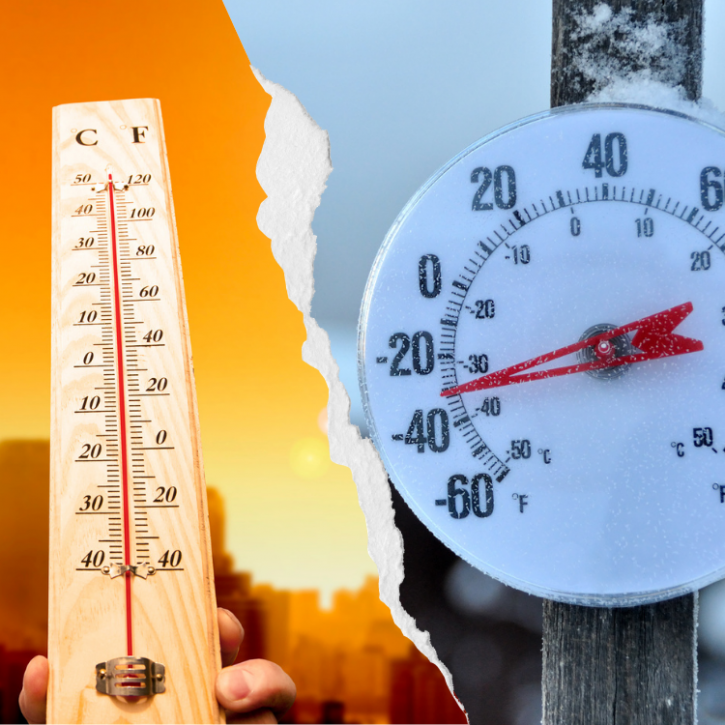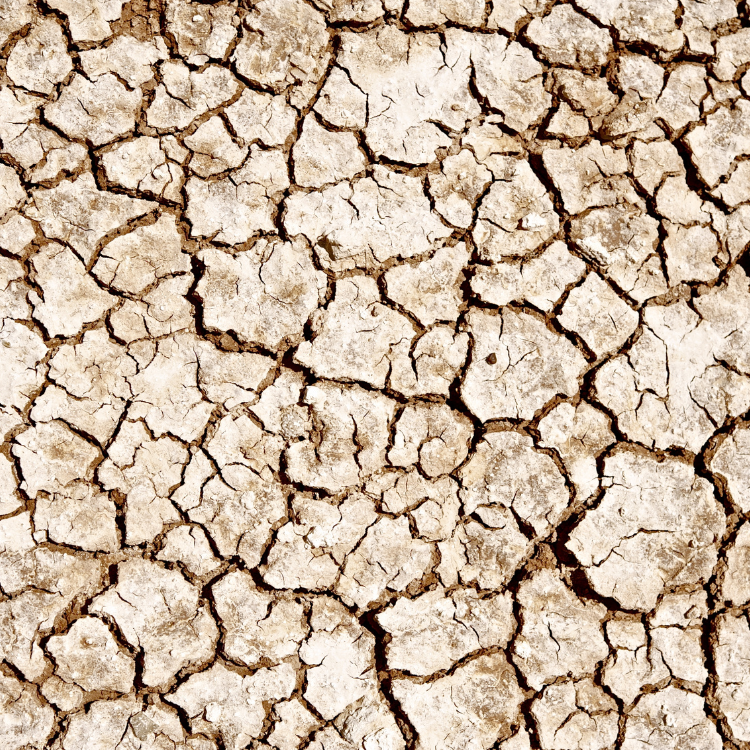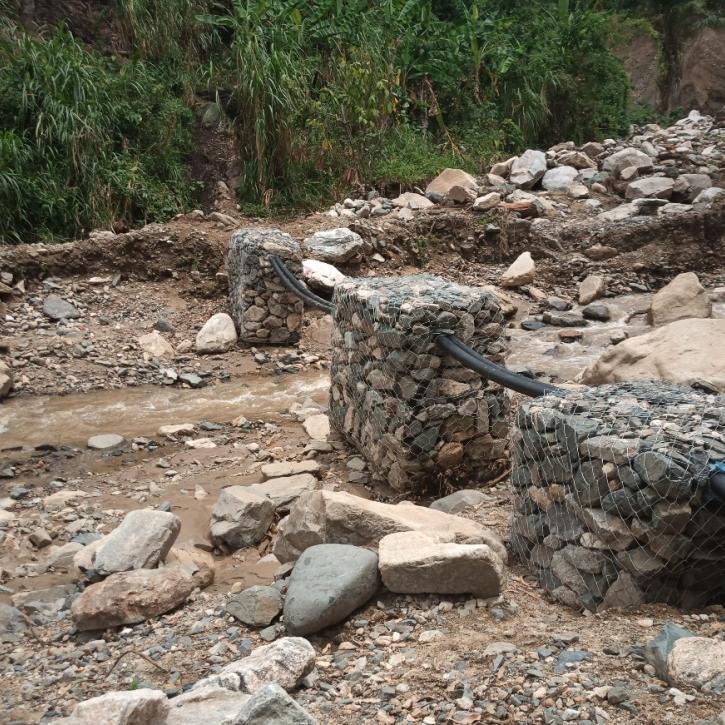

A 41‐year bioclimatology of thermal stress in Europe
Title: A 41‐year bioclimatology of thermal stress in Europe
Authors: Bogdan Antonescu, Luminiţa Mărmureanu, Jeni Vasilescu, Cristina Marin, Simona Andrei, Mihai Boldeanu, Dragoş Ene, Alexandru Ţilea
Journal: International Journal of Climatology
URL: https://doi.org/10.1002/joc.7051
In our study we started from a simple question. We wanted to know how thermal stress, which has a high impact on population, changed in Europe since 1979. To answer this question, we used a recently available dataset containing the Universal Thermal Climate Index (UTCI) derived from ERA5‐HEAT reanalysis. UTCI is a bioclimate index that describes the human body response to different atmospheric conditions and can be used to understand the heat-related risks. Our analysis focused on Europe, divided into different climate regions derived from the Köppen–Geiger classification, and on major European cities. Based on the UTCI values we defined two types of thermal stress: heat stress (UTCI > 32°C) and cold stress (UTCI <-13°C) both of which can result in excess mortality.
Our results showed that the annual number of hours with heat stress increased significantly during the study period (1979–2019) for all climate regions, showing also a clear increase towards southern Europe. The largest values were observed over Romania, Ukraine, Russia, and northern and eastern shores of the Caspian Sea. Moreover, compared with the other regions of Europe, the most pronounced decrease in the number of hours with cold stress was over northern Europe.
To highlight the impact of thermal stress on population, we analysed the changes in thermal stress for a number of European cities selected based on population (number and density) and number of tourists. The most affected cities by heat stress (increase in the number of hours with heat stress) were Thessaloniki, Rome, and Bucharest. Most of the selected cities show a decreasing trend in the number of hours with cold stress. For some of the selected cities (Odessa, Istanbul, Amsterdam, Bucharest, Prague, Kiev) not only the number of hours with heat stress has increased but also the heat stress is more persistent (i.e., longer periods with consecutive hours with heat stress). The number of cases and the persistence of the periods with cold stress have decreased over the last four decades. Furthermore, the UTCI values showed an increase between 0.6 and 3.2°C for all the analysed cities reflecting the rising of global mean temperatures.
The results obtained in this study provides detailed information for decision-makers about the changes in the thermal stress for different European regions and cities. These results could serve as a starting point for the development of mitigation strategies for the current impact of thermal stress in Europe.




